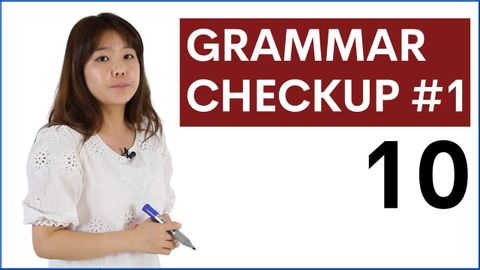文法檢查 #1 | 主語代詞 | 'be' 動詞 | 基礎英語語法課程 (Grammar Checkup #1 | Subject Pronouns | 'be' Verbs | Basic English Grammar Course)
Summer 發佈於 2021 年 09 月 11 日  沒有此條件下的單字
沒有此條件下的單字US /ˈsɛntəns/
・
UK /'sentəns/
- n. (c./u.)平均的;方法
- v.t./i.意思是;想要;意思是;重要
- adj.出色的;刻薄的;吝嗇的;平均的;簡陋的
US /bɔrd, bord/
・
UK /bɔ:d/
- n. (c./u.)板子、刊版;董事會;委員會;(衝浪板,滑板等)板(體育);木板;膳食
- v.t./i.登機;上船;寄宿;提供住宿
- v.t.板
US /ˈplʊrəl/
・
UK /ˈpluərəl/
